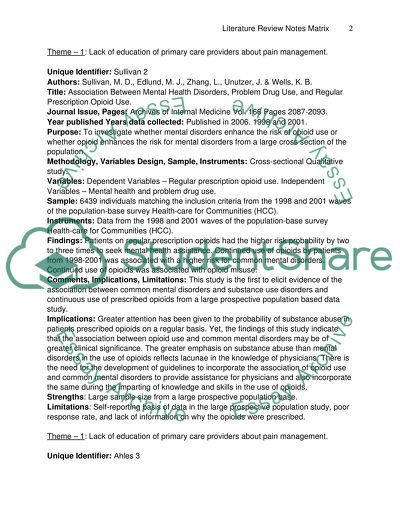Cite this document
(“Abuse of prescription of narcotics in primary care and its prevention Dissertation”, n.d.)
Retrieved de https://studentshare.org/nursing/1391282-abuse-of-prescription-of-narcotics-in-primary-care
Retrieved de https://studentshare.org/nursing/1391282-abuse-of-prescription-of-narcotics-in-primary-care
(Abuse of Prescription of Narcotics in Primary Care and Its Prevention Dissertation)
https://studentshare.org/nursing/1391282-abuse-of-prescription-of-narcotics-in-primary-care.
https://studentshare.org/nursing/1391282-abuse-of-prescription-of-narcotics-in-primary-care.
“Abuse of Prescription of Narcotics in Primary Care and Its Prevention Dissertation”, n.d. https://studentshare.org/nursing/1391282-abuse-of-prescription-of-narcotics-in-primary-care.


